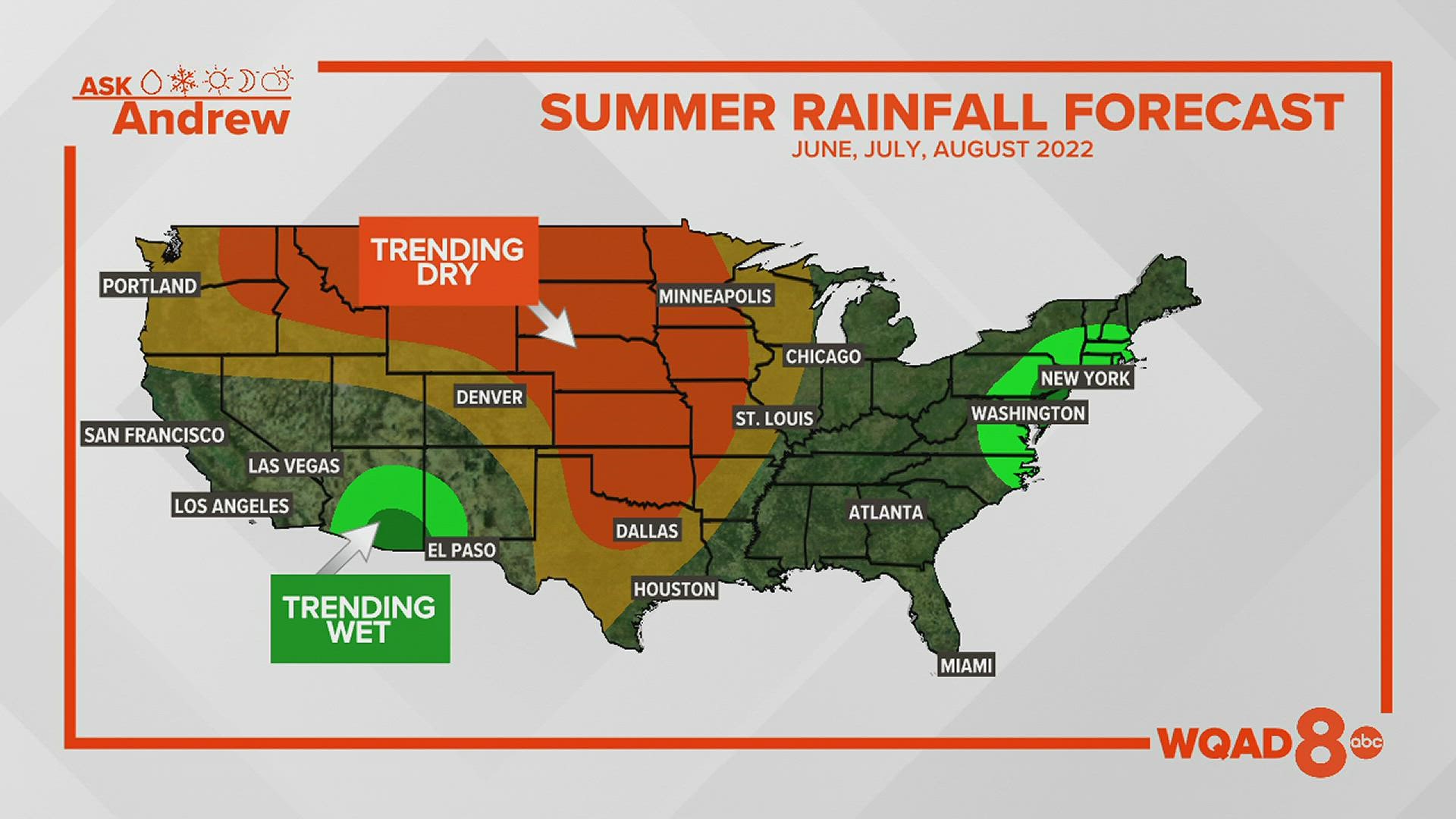MOLINE, Ill. — On May 2, the Weather Channel celebrated its 40th birthday. Its very first broadcast debuted in 1982 with Bruce Edwards and Andre Bernier, making the channel the first 24-hour cable weather network.
The weather that day was pretty quiet since a high-pressure system dominated the majority of the U.S., and the first segment of the show talked about “high plains heat” with a graphic that showed Mount Rushmore sweating.
John Coleman in 1978 came up with the idea of having a 24-hour weather forecast channel. He was a meteorologist who worked for Good Morning America and would later go on to become the president and part-owner of the Weather Channel.
Before Coleman made it to the national level, he worked at stations in Champaign, Peoria, Omaha, Milwaukee and Chicago. At every station, he found himself asking for more time to deliver the weather forecast. He would be repeatedly turned down since it was believed that the weather forecast could be delivered in just a few minutes.
Coleman would pitch his idea of the 24-hour network to Dow Jones, a publisher of the Wall Street Journal and NBC. All would decline, saying there wouldn’t be an audience for continuous weather news.
In 1981, Coleman’s idea caught the attention of Landmark Communications. CEO Frank Batten had considered creating a 24-hour news channel, but he was beaten to it by CNN. So naturally, when he got wind of Coleman’s 24-hour weather forecast, he was very interested.
The thing that made the Weather Channel stand out was that they were able to use the Satellite Transponder Addressable Receiver (STAR) to send or address local weather in an instant, giving the local weather in words and numbers for viewers to read. Local forecasting was the Weather Channel's No. 1 priority. It would be aired every five minutes.
The first couple years of the Weather Channel were dicey:
- The STAR, which had a lot of promise, would malfunction a lot and cause the forecast to appear in jumbled characters
- The network struggled to get advertisers.
- There weren’t many viewers. The viewership was so low that Nielson, the firm that produces TV ratings, wouldn’t even count it.
- It was challenging to produce nonstop coverage of weather because it had never been done before.
The Weather Channel made a quick turnaround. Cable providers getting the Weather Channel for free agreed to pay for their service. The influx of money provided the Weather Channel with the time it needed to improve programming and secure sponsors.
By 1985, the Weather Channel was in 18.5 million homes, and it would continue to grow. It would eventually help the growth of cable, along with other networks.
The network would continue to adapt to the times by creating a weather app as smartphones become popular, and it paved the way for its competitors, such as AccuWeather NOW and FOX weather.
The Weather Channel continues to evolve, launching The Weather Channel en Espanol on its 40th birthday.

